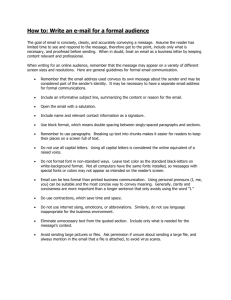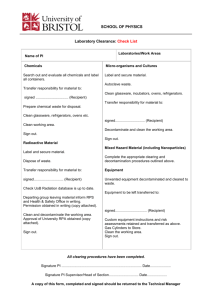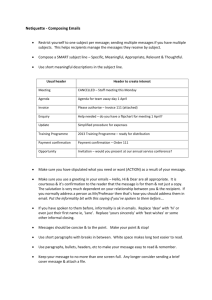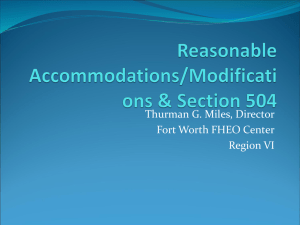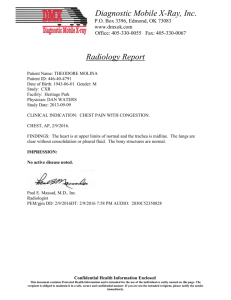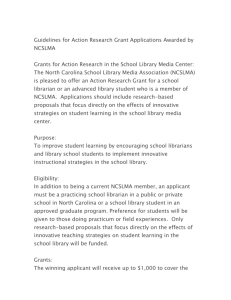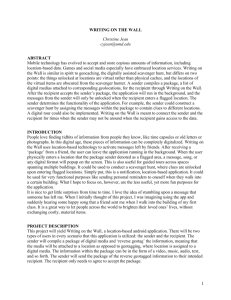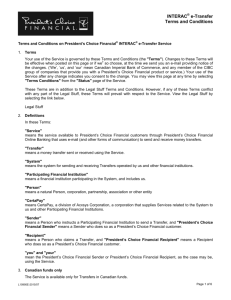SENDING AND RECEIVING E-MAIL MESSAGES
advertisement
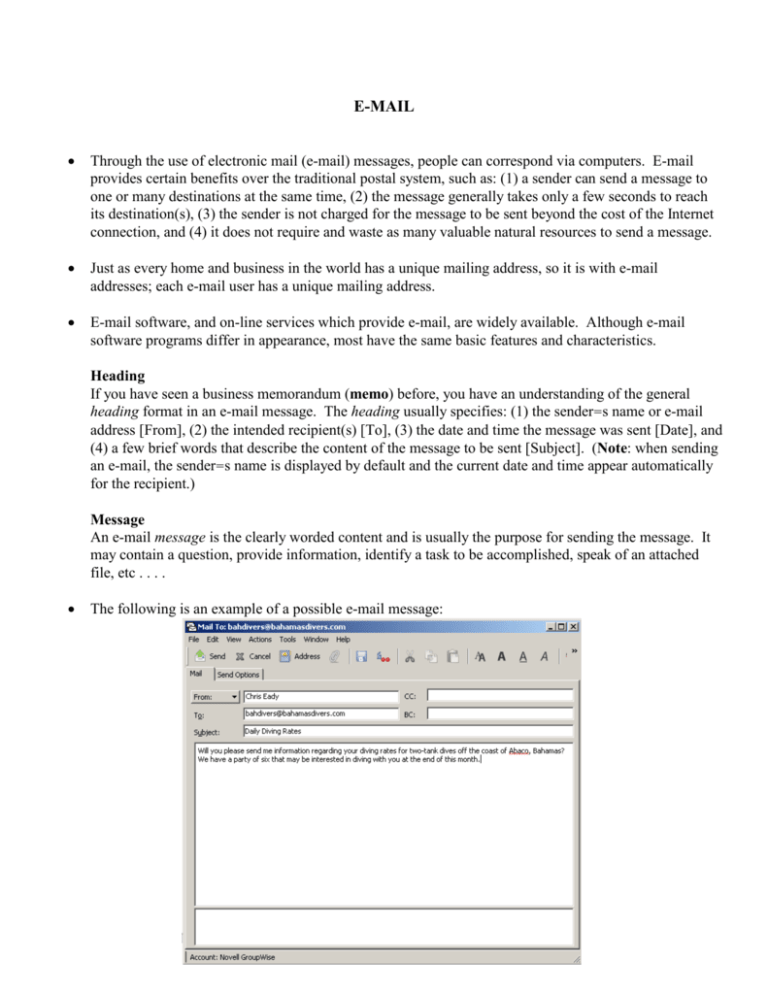
E-MAIL Through the use of electronic mail (e-mail) messages, people can correspond via computers. E-mail provides certain benefits over the traditional postal system, such as: (1) a sender can send a message to one or many destinations at the same time, (2) the message generally takes only a few seconds to reach its destination(s), (3) the sender is not charged for the message to be sent beyond the cost of the Internet connection, and (4) it does not require and waste as many valuable natural resources to send a message. Just as every home and business in the world has a unique mailing address, so it is with e-mail addresses; each e-mail user has a unique mailing address. E-mail software, and on-line services which provide e-mail, are widely available. Although e-mail software programs differ in appearance, most have the same basic features and characteristics. Heading If you have seen a business memorandum (memo) before, you have an understanding of the general heading format in an e-mail message. The heading usually specifies: (1) the sender=s name or e-mail address [From], (2) the intended recipient(s) [To], (3) the date and time the message was sent [Date], and (4) a few brief words that describe the content of the message to be sent [Subject]. (Note: when sending an e-mail, the sender=s name is displayed by default and the current date and time appear automatically for the recipient.) Message An e-mail message is the clearly worded content and is usually the purpose for sending the message. It may contain a question, provide information, identify a task to be accomplished, speak of an attached file, etc . . . . The following is an example of a possible e-mail message: After sending a message, the sender can go to an Out Box to establish that the message has been successfully sent. The recipient of an e-mail message would go to an In Box to open and read the message. Both the In and Out Boxes usually have several options for further working with an e-mail message (e.g. saving, deleting, forwarding, replying, resend, attaching files, etc.). Most e-mail software allows the user(s) to build an address book. An address book is the user=s list of common e-mail addresses. Accessing the address book can expedite the process of sending a message. Internet etiquette, called netiquette, offers some guidelines for e-mail. One guideline explains that using all capital letters symbolizes yelling or shouting. So, be careful to proofread your e-mails for spelling, grammatical, and even capitalization errors. E-mail is considered to be more easily hacked than other files on a network; therefore, pretend that an email is like a postcard (i.e. anyone could read it) and do not send confidential information via e-mail. Sometimes you may wish to let a third party see an e-mail that you have sent and let the recipient know that you have sent a copy to a third party. Copy (C) or Carbon Copy (CC) means that a third party receives a copy of an e-mail; however, the recipient can easily note the identity of the third party and the third party can easily identify that they were not the intended recipient of the e-mail. Sometimes you may wish to let a third party see an e-mail that you have sent, but not let the recipient know that you have sent a copy to a third party. Blind Copy (BC) or Blind Carbon Copy (BCC) means that a third party receives a copy of an e-mail; however, the recipient can not note the identity any third party (if any), but the third party can easily identify that they were not the intended recipient of the email. THE ASSIGNMENT When instructed to do so by your instructor, login to your PHS gmail account. Your password for this program is your birthday, with slashes, no leading zeros, and four digits for your year. Use the following scenario: Today you are sending a message to the President of the United States, whose e-mail address is: president@whitehouse.gov (there are no spaces in an e-mail address). CC this message to your instructor at: chrise@provo.edu. The subject is Education. The message needs to be about any appropriate concern or compliment you have to offer about education in the United States. Your message must be clear and concise. Be courteous, whether you write about a compliment or concern. The message should have well written sentences. For assignment purposes, the message should be between two to four sentences in length. Be sure to avoid words that might be misconstrued as a threat (e.g. you’re the bomb). Remember to proofread carefully before sending your message. Grading: Note: spelling and grammar are always part of determining your grade. 15 points possible 15 13 11 9 0 Advanced (highly skilled)—excellent sentences demonstrating a working knowledge of the subject and the use of e-mail Proficient (moderately skilled)—good sentences demonstrating a good understanding of the subject and the use of e-mail Progressing (limited skilled)—sentences do not fully demonstrate a good understanding of the subject and the use of e-mail Beginning (not skilled)—sentences which simply do not demonstrate an understanding of the subject and the use of e-mail Not Submitted

